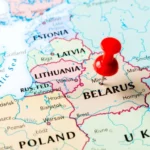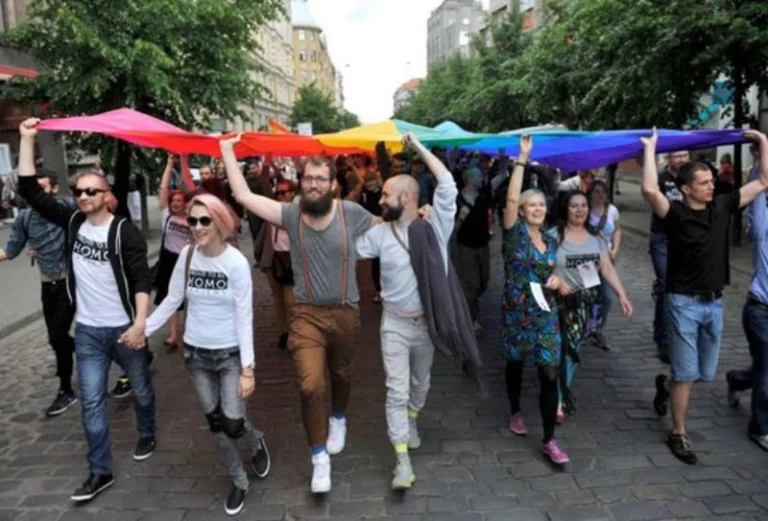The Dutch economy experienced a significant growth rate of 4.5 percent in 2022, surpassing the growth rate of 4.9 percent recorded in 2021.
The increase in GDP is the highest recorded over two consecutive years since the beginning of the century. The increase was mainly attributed to the increased number of hours worked, higher household consumption, and increased productivity.
Despite inflation and disruptions caused by the Russian invasion of Ukraine in February 2022, Dutch households continued to spend more than ever before. The rise in household consumption was significant, with consumers spending 6.6 percent more in 2022 than they did in 2021.
The upward trend in spending was mainly on services such as accommodation and food services, transport, culture, and recreation. Sectors that were most affected by the COVID-19 pandemic in 2020 and 2021, such as culture, sports, recreation, and other services, recorded the highest increase in value added, which is the difference between production and consumption of energy, materials, and services.
Highest gainers
In the business services sector, the highest growth was recorded in travel, temporary employment, and specialised business services. Accommodation and food services and transport also recorded significant growth rates in the trade, transportation, and accommodation and food services sector. Public transport carried more people in 2022 than it did in 2021.
Compared to its neighbouring countries and the EU average, the Dutch economy grew at a faster rate in 2022. This was different in 2021 when the Netherlands recorded slower growth than most neighbouring countries due to the more modest economic contraction in the Netherlands in 2020.
The European Union (EU27) recorded a growth rate of 3.6 percent, which was higher than China’s 3.0 percent and the United States’ 2.1 percent. However, growth rates in all these countries were lower than in 2021.
Netherlands economy recorded significant growth in 2022, which was mainly attributed to increased hours worked, higher household consumption, and increased productivity. The increased spending by households was mainly in sectors that were most affected by the COVID-19 pandemic in 2020 and 2021.
The growth rate was higher than in its neighbouring countries and the EU average. The trade, transportation, and accommodation and food services sector recorded the highest growth rates, with public transport carrying more people in 2022 than in 2021.

















